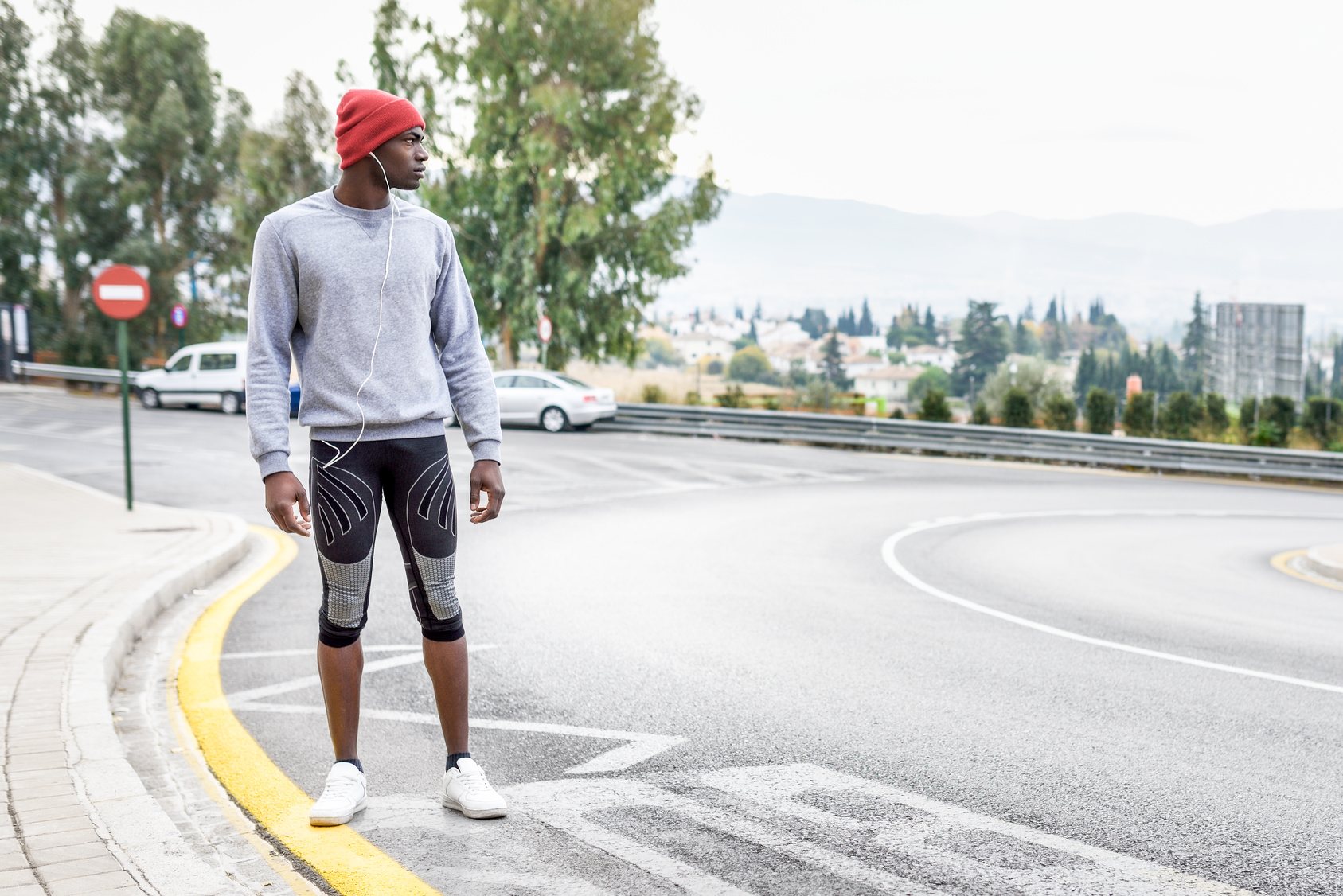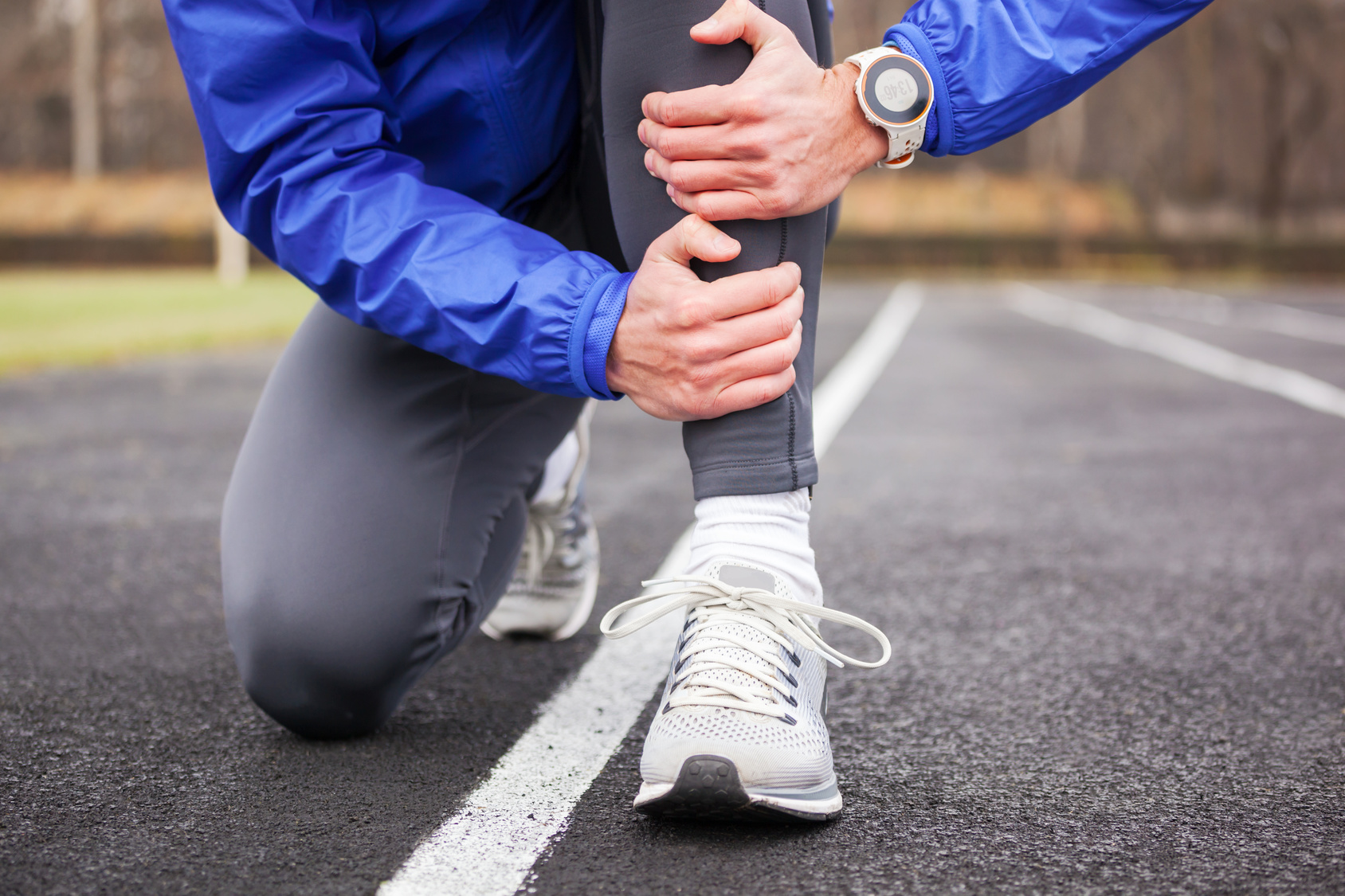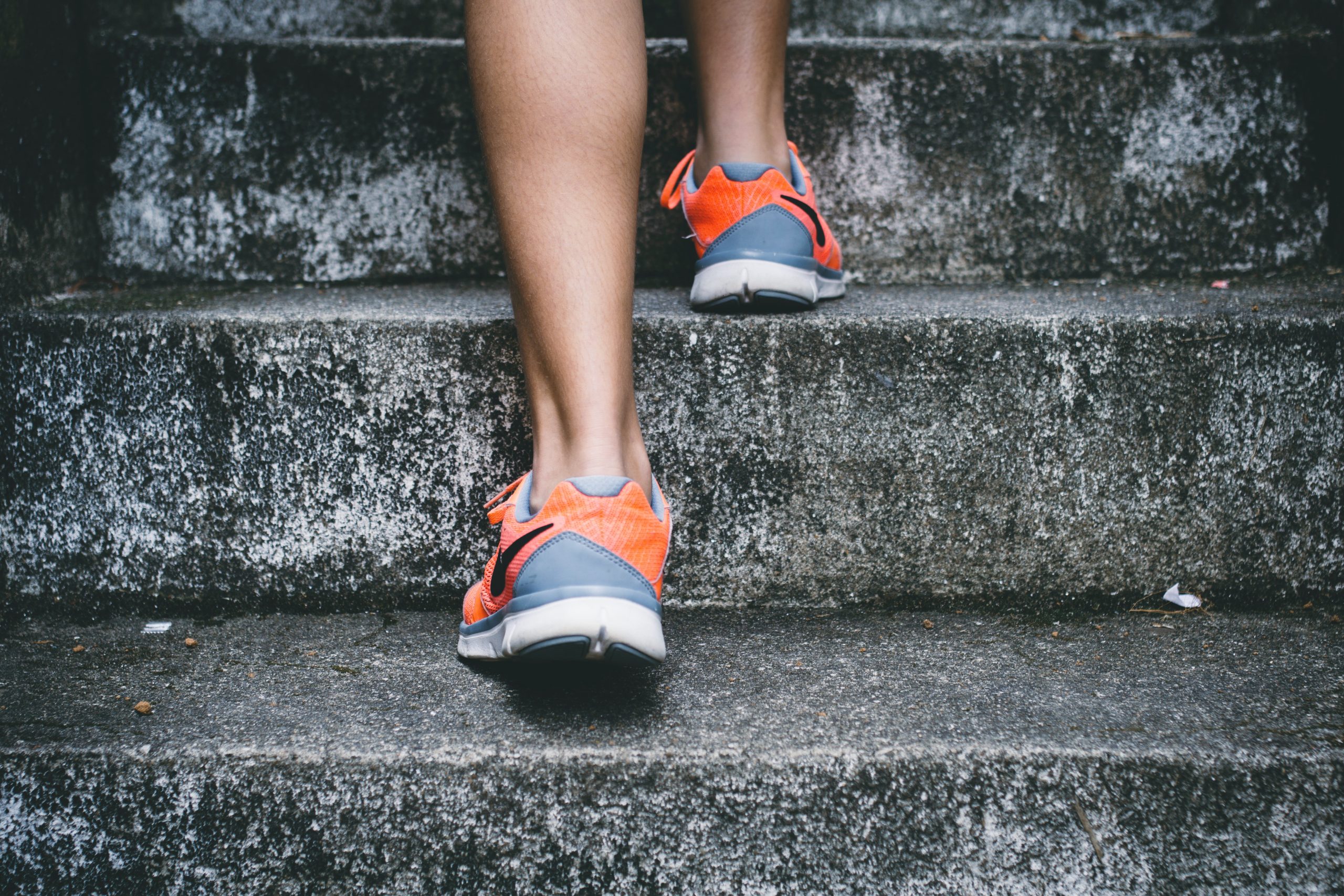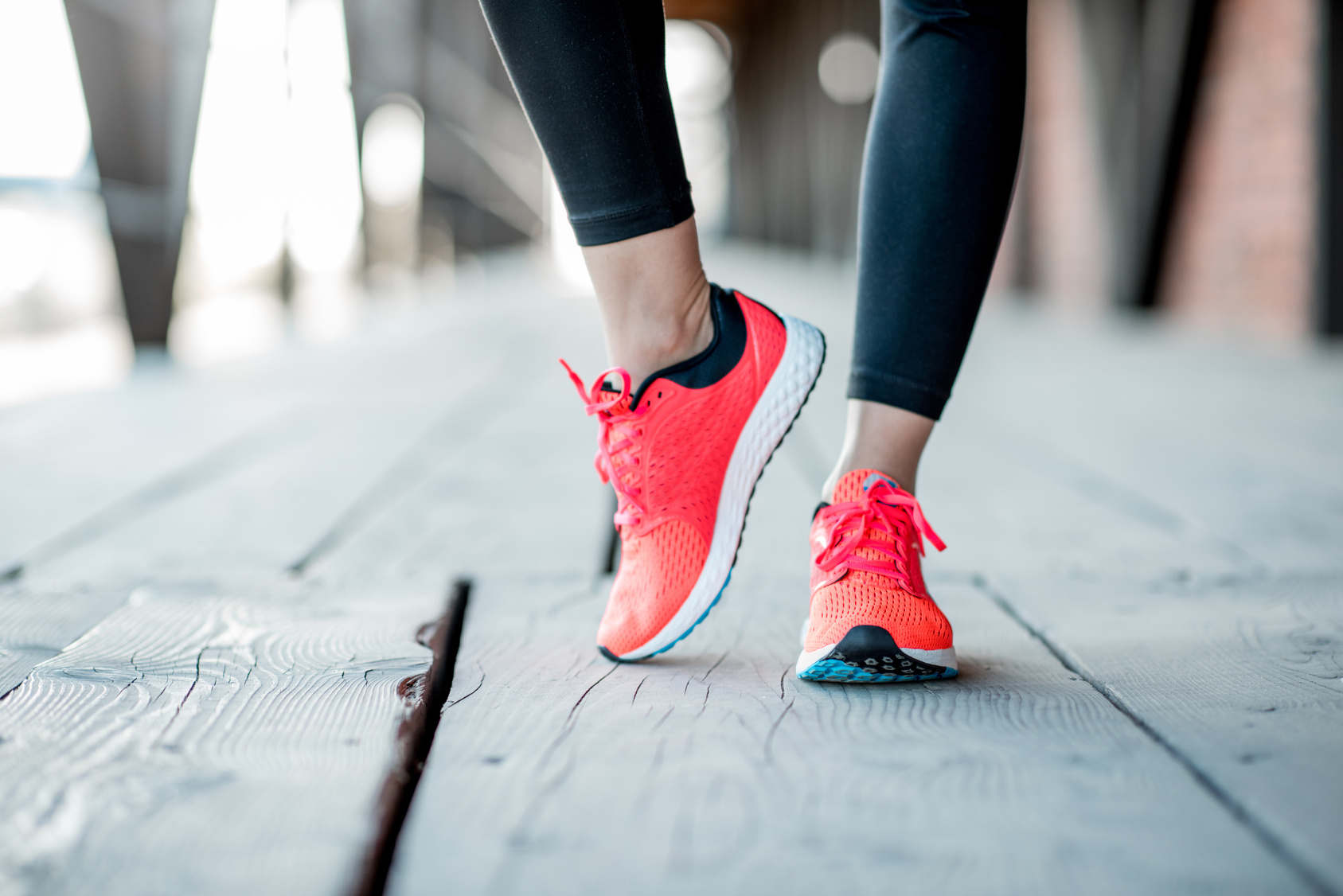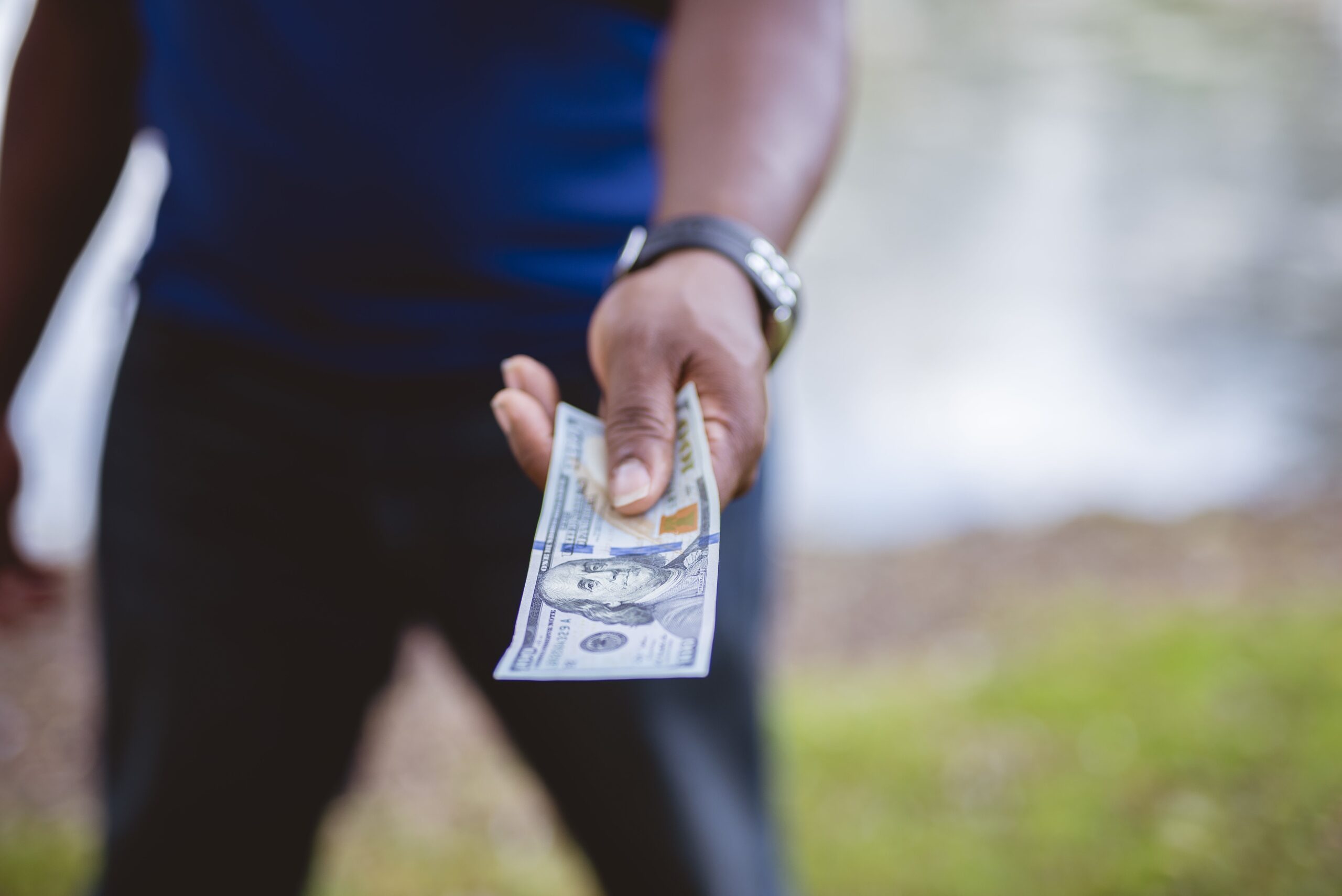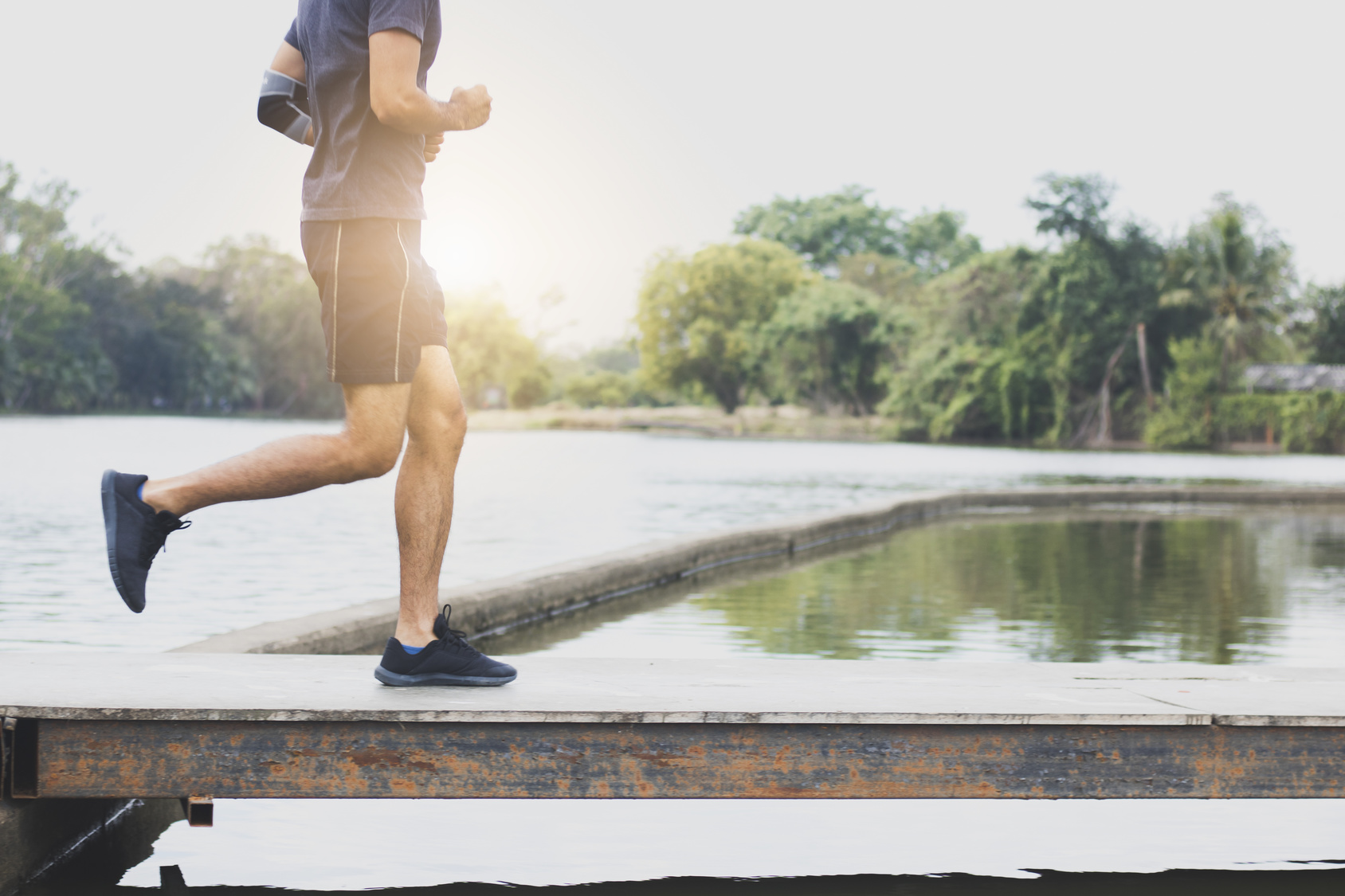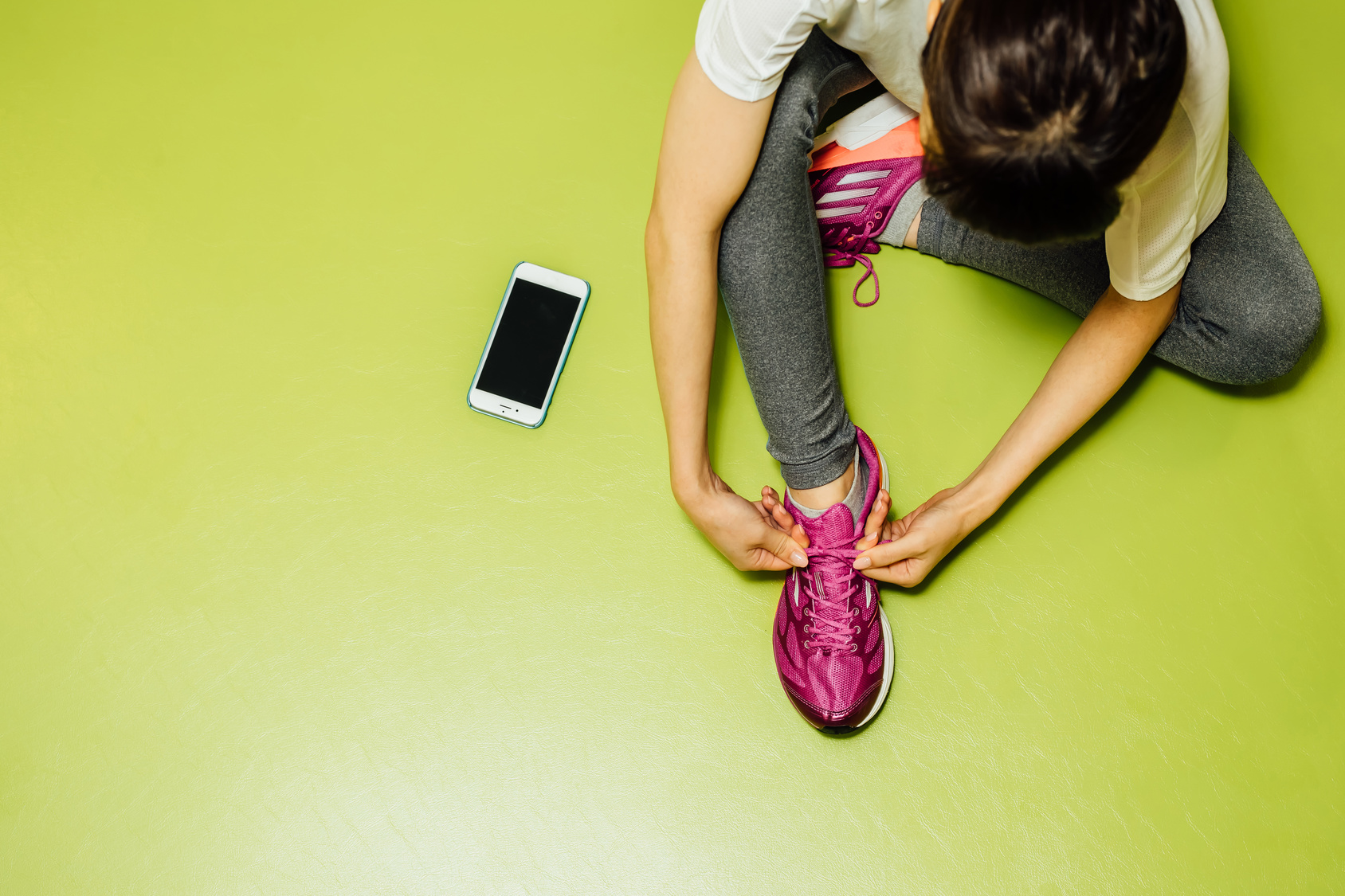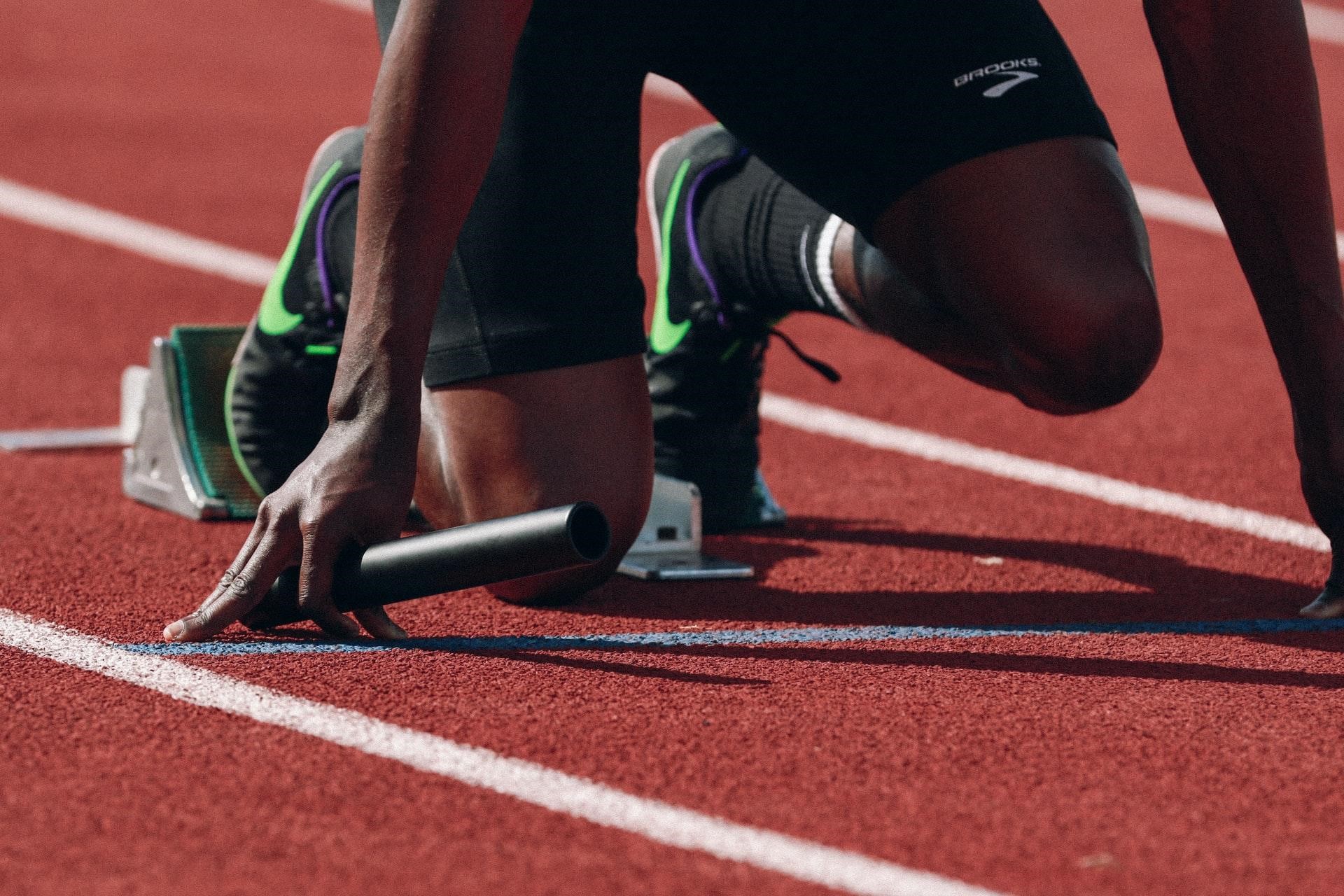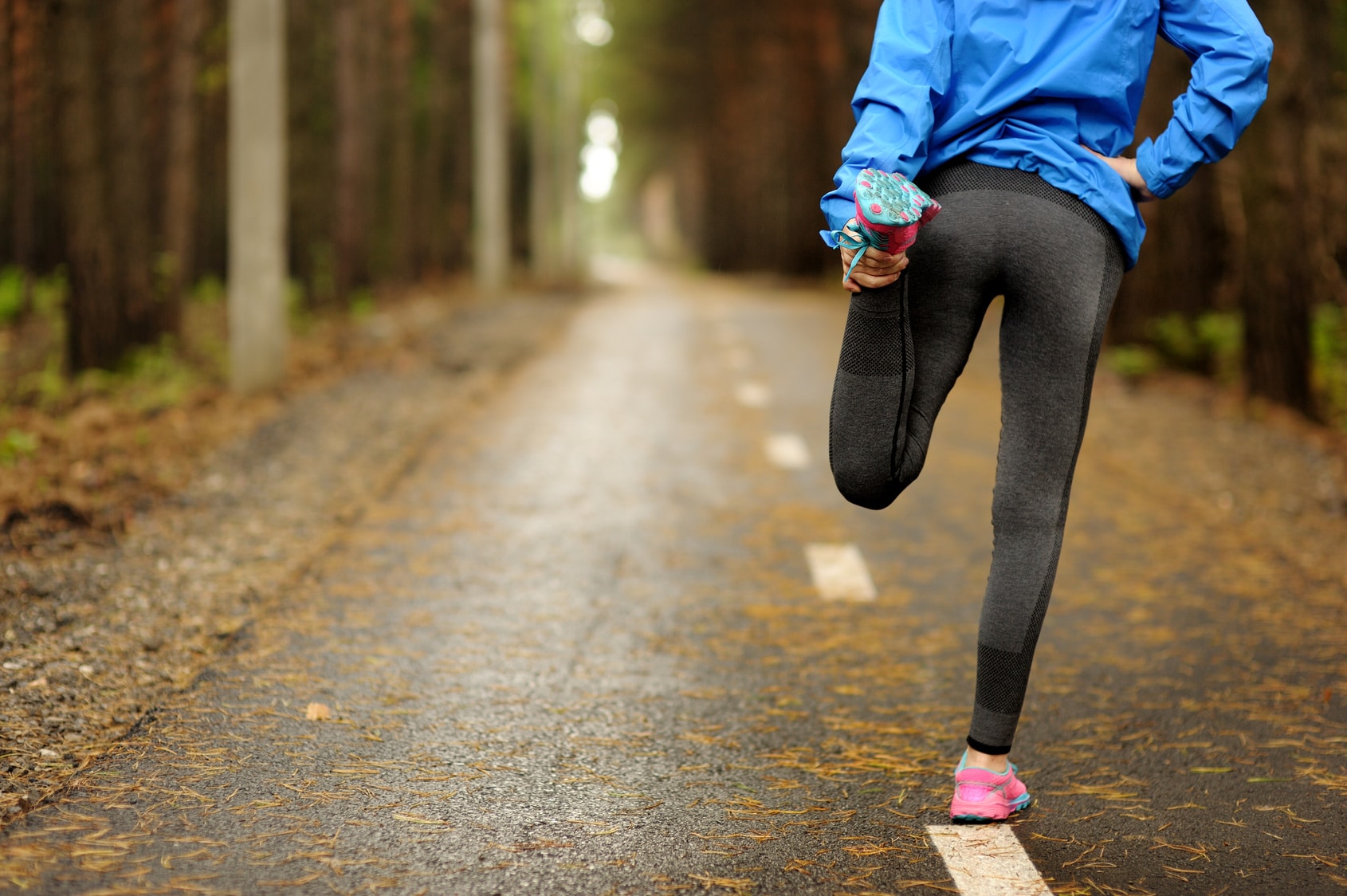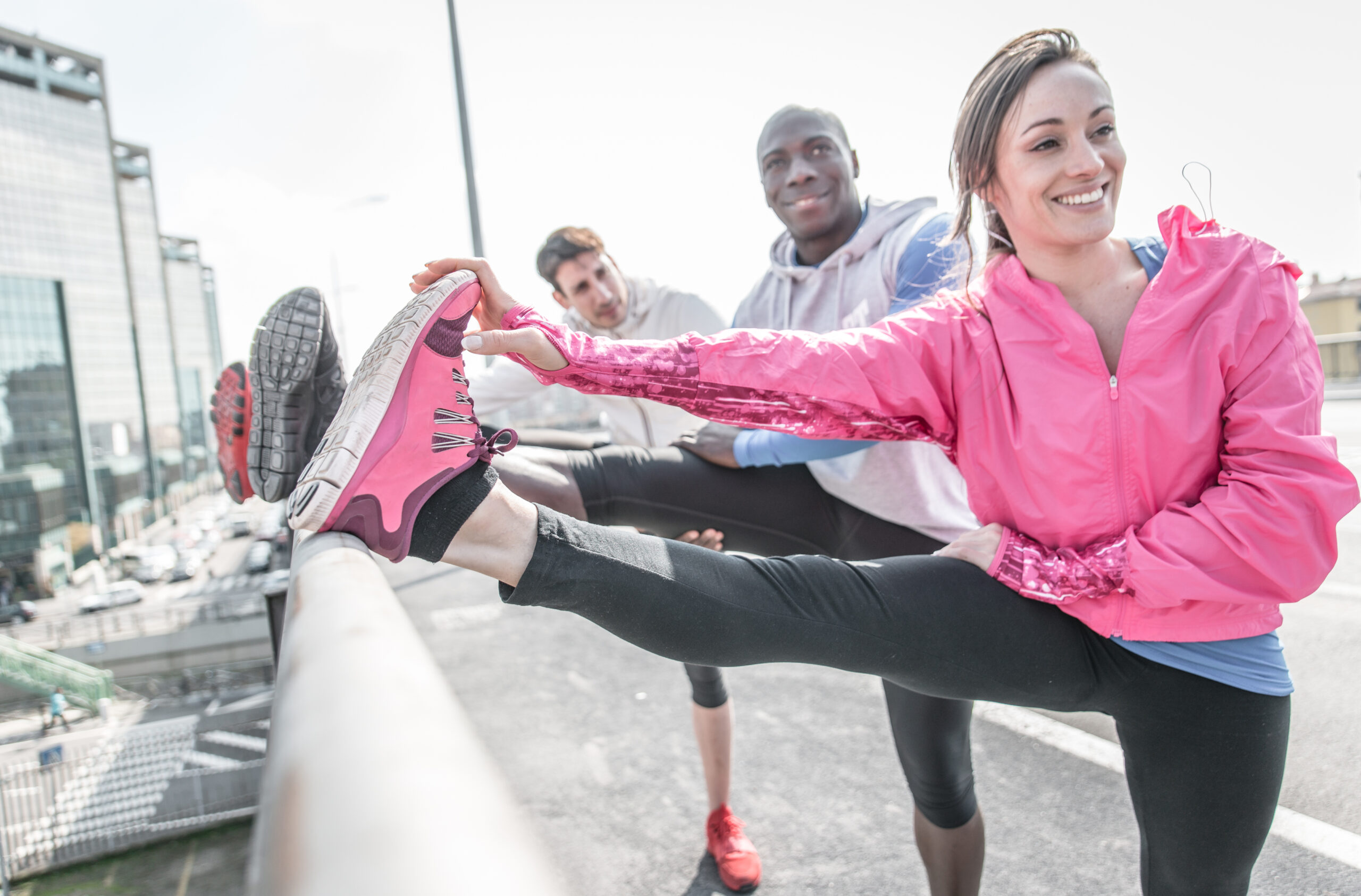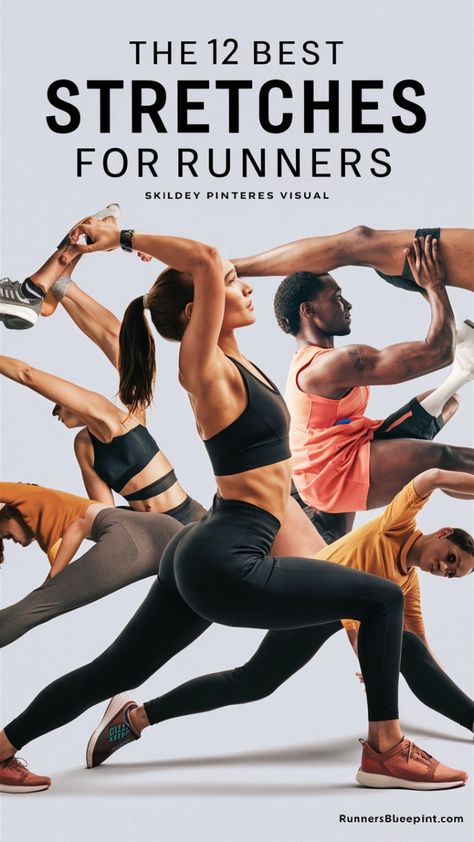Are you ready to kick your workout routine up a notch and unleash your full potential?
Well, you’ve stumbled upon the perfect starting point on your fitness journey. Get ready to dive into the exhilarating world of goal setting!
We all know that setting goals is a crucial step towards achieving greatness, whether you want to sculpt those muscles, shed some pounds, conquer a marathon, or simply boost your overall well-being.
But hey, I get it. Figuring out where to begin can be a bit overwhelming. That’s why I’m here to guide you every step of the way.
In today’s article, we’re going to unravel the secrets of effective goal setting that will transform your fitness game. Trust me, by the time you finish reading, you’ll be equipped with all the knowledge you need to conquer your aspirations and sculpt the body of your dreams.
So, what exactly are fitness goals? Why are they so darn important? How do you set the right goals that will ignite your motivation and keep you going? We’ll explore it all! From understanding the difference between short-term and long-term goals to finding the perfect balance and assessing your progress along the way, we’ve got you covered.
But wait, there’s more! I’ll also share some inspiring examples of proper fitness goals that will ignite your inner fire and get those endorphins pumping.
Let’s do this!
Why Set Fitness Goal?
Setting fitness goals is like unlocking a treasure trove of benefits that will make your fitness journey even more rewarding.
In its simplest form, a fitness goal is like a destination you set for yourself in the vast landscape of physical training. It’s that specific target or test you strive to achieve within a designated time frame. It’s like having a compass guiding you towards your ultimate fitness triumph.
Think about it as a roadmap for success. You identify what you want to improve or accomplish, and then you embark on a journey to make it happen. It’s about embracing your inner athlete and unleashing your full potential.
And let me tell you, if you’re already on the health-conscious path, chances are you’re no stranger to setting fitness goals.
Maybe you’ve been dreaming of shedding those extra pounds, sculpting those muscles, or even engaging in a friendly competition. Perhaps your goal is to lower your blood pressure and improve your overall health. The possibilities are endless! It’s all about discovering what ignites your passion and then channeling that energy into actionable steps.
Why You Should Be Setting Fitness Goals
First off, let’s talk about accountability. When you set fitness goals, you’re essentially putting yourself in the driver’s seat of your own success. Research studies have shown that setting goals increases motivation and helps you stay committed to your fitness endeavors. It’s like having a personal coach pushing you beyond your limits, helping you break through barriers, and paving the way for a stronger, fitter you.
Think of your fitness goals as stepping stones on the path to greatness. They challenge you to go beyond what you thought was possible, expand your horizons, and redefine your limits. It’s like discovering that there’s a whole universe of potential within you just waiting to be unleashed. So, embrace those temporary discomforts, push through those challenging moments, and witness the incredible transformation that awaits you.
But wait, there’s more! Setting fitness goals not only helps you monitor your progress but also gives you a clear target to aim for. It’s like having a bullseye in the distance, urging you to take aim and hit it dead center. Whether it’s running a marathon, mastering a new yoga pose, or increasing your strength, having a tangible goal motivates you to keep pushing forward.
Plus, there’s nothing quite like the rush of joy and accomplishment that washes over you when you conquer a fitness goal. It’s like crossing the finish line of a race and feeling that surge of triumph coursing through your veins.
The 10 Fitness Goals You Should Be Setting
To help set you on the right foot, I’m sharing with you a list of some of the fitness goals you should add to your bucket list for a healthier, stronger, and faster you all year round.
1. Cardiovascular Goals
At a minimum, aim to spend 180 to 220 minutes every week engaging in some sort of cardiovascular exercise, whether it’s running, cycling, swimming, spinning, or simply walking.
Shoot for three to five sessions per week at an intensity at around 70 to 90 percent of your maximum heart rate.
2. Drink More Water
Water is essential to life—getting fit is no exception.
Make it a rule to stay well hydrated throughout the day.
Aim to drink half of your body in ounces every day.
Drink more during your intense training days and/or the summer—and remember to keep track of your hydration levels.
3. Stretch often
Although the science on the effectiveness of stretching for injury preventing and performance is still out for debate, I cannot emphasize it enough.
Regular stretching improves your range of motions, prepares your muscles and joints for intense activity, improves flexibility, and may speed up recovery as well as reduce post-workout aches and pains.
Make it a rule to lightly stretch your major muscle groups used during exercise for 6 to 8 seconds before a workout, and all major muscle groups for 30 to 45 seconds post-workout.
4. Do High-Intensity Interval Training
Steady-state cardio workouts, such as the long run, have their benefits.
But if you want to crank up your fitness to the max, add a couple of HIIT workouts to your exercise plan.
5. Strength Train
Target every major muscle group at least two to three times per week, shooting for a minimum of one to two sets of 10 to 12 reps.
6. Decrease Your Body Fat
Having a healthy BMI is one of the most vital steps to a healthier you.
When you a low (healthy) body fat, you also lower your risk of heart disease, reduce inflammation, protect against diabetes, enhance the functions of joints and tendons and improve your overall appearance and self-confidence.
7. Eat More Vegetables
Unless you have been living under a rock for the past few decades, then you already know that the greens are an essential ingredient in a healthy eating plan.
Eat plenty of dark, leafy vegetables as they’ll offer you a wide array of nutrients, vitamins, antioxidants, and minerals—all of which assist your body in performing at its best.
8. Reduce—or Altogether Eliminate—Sugar
This I cannot emphasize enough
What’s more?
Cutting sugar won’t cost you anything—in fact, it actually improves your health in the long run while saving you a lot of money and trouble.
What’s not to like!
9. Shoot for 10,000 Steps A Day
Besides hitting the gym and the running track, I’d also recommend that you add as much physical activity to your daily life as possible.
A good target to have to shoot for at least 10,000 steps per day.
You are not meant to sit down all day long.
Get to work and move your body.
Get a fitness tracker and start keeping track of your daily step count.
For the record, 10,000 steps per day is the equivalent of one hour’s worth of walking.
10. Shoot for 7 to 9 Hours of Sleep
This might not seem like a fitness goal, but it’s actually crucial for achieving your health vision.
Proper sleep speeds up recovery and the muscle rebuilding process as well as boost up your energy tanks for your next workout.
How to Set Good (and Smart) Fitness Goals
Now that we got the formalities out of the way let’s look at how you can actually start setting fitness goals as well as how to go after them.
Sounds exciting?
Let’s lace up and dig in.
Your Goals Must be Relevant
Listen up, my friend, because I’m about to drop some wisdom bombs on you when it comes to setting relevant fitness goals. Let’s get one thing straight: motivation can come from all directions, like a gust of wind blowing in different directions. But when it comes to your fitness goals, it’s time to take the reins and make them truly yours.
Picture this: your fitness goals are like a personal masterpiece, a work of art that reflects your deepest desires and aspirations. They shouldn’t be a carbon copy of someone else’s dreams or a paint-by-numbers template imposed upon you. No, sir! Your fitness goals should be a true representation of what you want for yourself, a reflection of your unique journey.
You see, setting relevant goals means aligning them with your life, your passions, and your health. It’s about finding that perfect harmony between what excites you and what fits into your lifestyle. Just like a tailor stitching a bespoke suit, your goals should be tailored specifically for you. Don’t settle for off-the-rack goals that don’t resonate with who you are.
Now, here’s a golden rule: make your goals YOURS. Don’t let them become a pawn in someone else’s game. It’s time to reclaim ownership and make your fitness goals a personal declaration of empowerment. So what if your friend wants to bench press a small car? If that doesn’t align with your interests or aspirations, then it’s not your goal to chase. Your goals should ignite a fire within you, make you feel proud, and push you to become the best version of yourself.
Bad Example:
“I’m going to lose 20 pounds in 8 weeks, and that gives me bragging rights all year long.”
Losing 20 pounds in two months is very had, and sorry for saying this, but no one gives a damn about the numbers on your scale but you.
Good example:
“I’m going to do my best to lose weight and get in shape because that will help me feel good about myself, increase my productivity, and improve my overall health and well being.”
Well, that’s what we’re talking about.
Additional resource – Vitamin D for runners
Make Your Goals Specific
Specificity is the secret sauce that adds flavor and purpose to your fitness journey. It’s what separates the wishy-washy dreamers from the determined achievers. So listen up and let’s dive in!
Imagine you’re embarking on a quest to conquer a mountain. You wouldn’t simply say, “I want to climb some mountain someday.” No way! You’d pinpoint the exact peak you want to conquer, visualize the breathtaking view from the summit, and set a clear path to get there.
The same goes for your fitness goals. Saying, “I want to start running” or “I want to hit the gym more often” is like trying to navigate a maze in the dark. It lacks direction. And guess what? It’s precisely why so many people throw in the towel when faced with challenges along the way.
To avoid the pitfalls of vagueness, let’s make your fitness goals as sharp as a surgeon’s scalpel. Get specific, set your sights on a clear target, and watch your motivation soar. If you want to shed some pounds, don’t just leave it at that. Ask yourself, “How many pounds do I want to lose?” Give it a number, create a tangible benchmark, and track your progress like a champion.
Now, let’s say you have dreams of becoming a runner. That’s fantastic! But don’t stop there. Get specific about how many times per week you plan to hit the pavement. Is it three times? Four times? By attaching a number to your goal, you’ll have a clear roadmap to follow, and you’ll know when you’re getting closer to crossing that finish line.
Bad example:
“I want to lift more weights.”
Good example:
“I want to be able to squat 170 pounds using the barbel in 8 weeks”.
Challenging But Realistic Goals
One of the biggest pitfalls I’ve seen people stumble into is chasing after unrealistic dreams. Now, don’t get me wrong, I’m all for dreaming big and reaching for the stars, but when it comes to your fitness goals, we need to find that sweet spot between ambition and achievability.
Think of it this way: imagine you’re a tightrope walker, balancing your way towards success. If you set your goals too high, you’ll be walking on a wire suspended in thin air with no safety net below. It’s a recipe for disaster. And guess what? It’s one of the main reasons why so many people give up on their exercise resolutions faster than a cheetah chasing its prey.
You see, when your fitness goals are so far out of reach, it’s like trying to catch a shooting star with bare hands. You know deep down that it’s an impossible feat, and that lack of belief will hinder your commitment. Why bother putting in the effort when you know you’re bound to fall short?
But fear not! I’m here to guide you towards that sweet spot of success. It’s all about finding a balance. Choose a goal that challenges you, yes, but also one that you can realistically achieve within a reasonable timeframe.
Bad example:
“I want to finish my first marathon under four hours.”
It won’t likely happen if this is your first race.
It takes years of training to reach that level.
Good example:
“I want to finish my first marathon within the four hours time frame.’
Again, what’s I’m talking about.

Remember Short Term Goals
What’s the best way to eat an elephant? Of course, one bite at a time. That’s right, the same approach applies when it comes to conquering those big, audacious fitness goals you’ve set for yourself.
Now, when I talk about big goals, I mean those ambitious feats that require some serious dedication and time. We’re talking about goals that may take a year or even more to achieve. But fear not, because I’ve got a strategy that will make them more manageable and increase your chances of success.
Within your grand fitness vision, it’s crucial to set smaller goals along the way. These are the bite-sized morsels that you can devour in a shorter time-frame and that will boost your confidence as you make progress. Think of them as stepping stones towards your ultimate destination.
Say your ultimate goal is to run a 10K race in under 60 minutes. Well, instead of diving headfirst into the deep end, start with a smaller goal like running two miles at your goal pace. Once you’ve achieved that, build on it. Gradually increase your distance and speed until you can conquer that 10K in 50 minutes. It’s all about taking one step at a time, celebrating each milestone along the way.
And let’s say you’ve got your sights set on running a full marathon, but you’re a newcomer to the racing scene. No worries! Start with shorter distances, like 5Ks, 10Ks, and half marathons. These mini-goals will help you build a solid foundation, improve your endurance, and get you race-ready without overwhelming yourself. Think of it as taming the beast, piece by piece.
Now, as a general rule of thumb, aim to achieve these mini-goals within a two to six-week timeframe. This way, you maintain a sense of progress and momentum without feeling like you’re spinning your wheels.
Use Time
Imagine you’re embarking on a journey without a destination in mind. You’re just wandering aimlessly, without any sense of urgency or purpose. Sounds pretty unfulfilling, right? Well, the same goes for setting fitness goals without a deadline.
Having a deadline is like having a compass guiding you towards your destination. It’s what gives you a roadmap to success by breaking your big goal into smaller, manageable milestones that you can tackle on a daily, weekly, and monthly basis. But here’s the catch—it has to be a realistic goal. Setting an unrealistic deadline will only lead to disappointment and frustration.
Why is a deadline so crucial? Well, it adds a sense of urgency to your fitness journey. It lights a fire under you, motivating you to take action and give it your all. Without that deadline looming over your head, it’s easy to fall into the trap of procrastination and delay. You might find yourself saying, “I’ll start tomorrow,” and before you know it, weeks turn into months, and your goals remain untouched.
So here’s what you need to do. Set a big, audacious goal that stretches you and excites you. Give yourself a longer time-frame, like one year, to achieve it. But don’t stop there. Break that big goal down into smaller, bite-sized mini-goals, each with its own deadline. These mini-goals will keep you focused, motivated, and on track.
By setting a deadline, you’re making a commitment to yourself and your fitness vision. You’re saying, “I’m dedicated, and I’m going to make this happen.” It’s like having a finish line in sight, driving you forward with determination and purpose.
Bad example:
“I want to run a 5K someday.”
Good example:
“I will run the X 5K race on Y date”.
Write it Down
Imagine your fitness goals as stars in the night sky, shining brightly and guiding you towards your desired destination. But without a map to navigate by, those stars can easily fade into the background, lost in the vastness of the universe. That’s where a workout journal comes in.
Think of your workout journal as your personal compass, keeping you on track and accountable to your goals. When you write down your goals, you’re not only declaring your intentions but also bringing them to life. It’s like planting a seed in fertile soil, giving it the best chance to grow and flourish.
But here’s the secret sauce: writing down your goals isn’t a one-and-done deal. It’s an ongoing process of refinement and adjustment. Just as a sculptor continuously shapes their masterpiece, you too should regularly revisit and tweak your goals as needed. Think of it as molding clay into a work of art, constantly refining and shaping it until it matches your vision.
When you write down your goals, use the power of words to your advantage. Instead of using weak language like “might” or “would like to,” embrace the strength of “will.” Say it with conviction and confidence. For example, say, “I will run my first 10K on my birthday,” not “I would like to be able to run a 10K on my birthday.” By using the word “will,” you’re infusing your goals with purpose and determination, making them more compelling and believable.
Now, here’s a pro tip: keep your goals visible. Don’t tuck them away in a hidden corner where they’ll gather dust. Display them proudly in places where you’ll see them every day. Whether it’s on your office desk, your bedroom wall, or even your refrigerator door, make sure those goals are a constant presence in your life. They’ll serve as a friendly reminder, motivating you to stay focused and committed.
Go Public
Now that you’ve set your smart fitness goals, it’s time to kick things into high gear and bring those goals to life. But you don’t have to go on this journey alone. In fact, sharing your goals with others can be a game-changer.
Think of it as casting a wide net into the sea of support. Whether it’s through social media platforms like Facebook and Twitter or simply by having heartfelt conversations with your family and friends, let your goals be known. Share your aspirations and ambitions with those who matter to you.
Why is this important? Well, let’s dive into the science behind it. According to a study published in the Journal of Applied Psychology, individuals who shared their goals with others were more likely to achieve them.
Not only does going public with your goals help hold you accountable, but it also acts as a filter to identify the true supporters in your life. As you unveil your goals, you’ll quickly discover who genuinely wants to see you succeed and who might not be as supportive. It’s like sifting through a garden, separating the blossoming flowers from the pesky weeds.
But here’s the thing: once you’ve identified the not-so-supportive individuals, it’s essential to distance yourself from their negative influence. Just as you wouldn’t want to carry unnecessary weight while striving to shed pounds, you don’t need the added burden of negativity hindering your progress. Surround yourself with those who uplift and inspire you, creating an environment that fuels your success.

